Cochineal Scale On Cactus – How To Treat Cochineal Scale Bugs
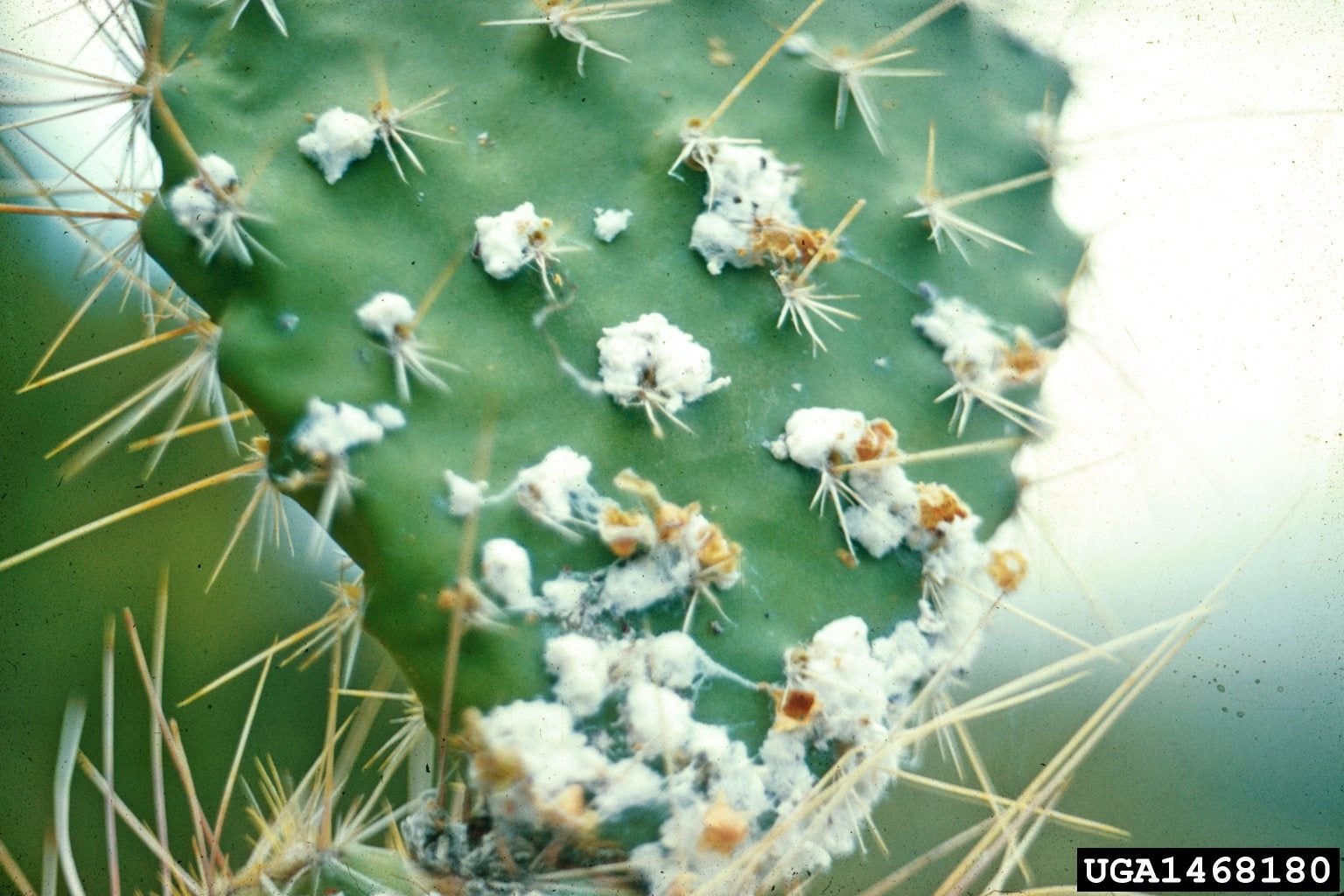
If you have prickly pear or cholla cacti in your landscape, you’ve probably been confronted with a cottony white mass on the surface of the plants. If you were to remove the mass and crush it on a piece of paper, the result would be a smear of vibrant red, a tell-tale sign of the presence of cochineal scale bugs. What is a cochineal scale and how can you treat cochineal scale? Let’s learn more.
What is Cochineal Scale?
Cochineal scale (Dactylopious spp.) bugs are commonly found on cacti of the Opuntia genera of cacti. It is an insect native to the New World, which was used by the Aztecs for dying and painting. Spanish conquistadors took dried cochineal scale powder back to their homeland where it became a sought-after red dye until the 1850s. Cochineal dye was replaced in popularity by aniline dyes but is still commercially produced in Mexico and India where it is still used to color food, drinks, cosmetics, and paints.
Cochineal Scale on Cactus
These small insects suck on cacti leaves. Cochineal scale on cactus is initially a nuisance but, in extreme infestations, can weaken and kill the plant. The cottony, waxy mass is produced to shelter the female insects and their eggs. When the eggs hatch, the nymphs feed on the plant for three weeks, moving all around the plant. After their three weeks of feeding, the nymphs settle down to spin the cottony mass that shelters them from predators.
How to Treat Cochineal Scale
If the infestation of scale is minimal, cochineal scale treatment consists simply of a spray of water. Blast the affected area with a hose under pressure. This will expose and weaken the scale bugs, which can then be treated with an insecticidal soap or a mix of ½ teaspoon (2.5 mL.) of dish soap to a gallon (4 L.) of water. If the problem persists, prune off the worst pads at the joints and discard them. If the cactus seems to be heavily infested, you may have to go with a chemical cochineal scale treatment. Apply a combination of insecticide, dormant oil spray, and/or insecticidal soap. Malathion and triazide combined with Neem oil or Volck dormant oil spray should do the trick. Apply according to the manufacturer’s directions. Do not spray on hot, sunny days, as the plant is likely to burn from the dormant oil. If the weather is too hot to use dormant oil, use pesticide mixed with dish soap. Cochineal scale is spread around by sticking to birds’ feet, so you need to inspect the plant frequently. Spray the cactus well, paying attention to joints. Spray again in seven days and then again 14 days after the first application. You’ll know if the scale is being killed off when the white cottony tufts turn gray and squeezing them doesn’t result in a red smear. If the scale is still alive after 14 to 30 days, reapply as above.
Gardening tips, videos, info and more delivered right to your inbox!
Sign up for the Gardening Know How newsletter today and receive a free copy of our e-book "How to Grow Delicious Tomatoes".

Amy Grant has been gardening for 30 years and writing for 15. A professional chef and caterer, Amy's area of expertise is culinary gardening.
-
 Looking For Plants To Give You The Soft And Fuzzies? Try These 5 Fuzzy Leaf Plant Options
Looking For Plants To Give You The Soft And Fuzzies? Try These 5 Fuzzy Leaf Plant OptionsLovers of texture, drama, silver foliage and tactile plants will adore these special sensory garden additions. These fuzzy leaf plant options will leave you all aglow
By Susan Albert
-
 Get Ready For A Summer Of Hummers! Grow These Full Sun Hummingbird Plants and Flowers
Get Ready For A Summer Of Hummers! Grow These Full Sun Hummingbird Plants and FlowersIf you’re lucky enough to enjoy a sunny backyard, make sure you are maxing out on your pollinator opportunities and grow these full sun hummingbird plants and flowers
By Tonya Barnett
-
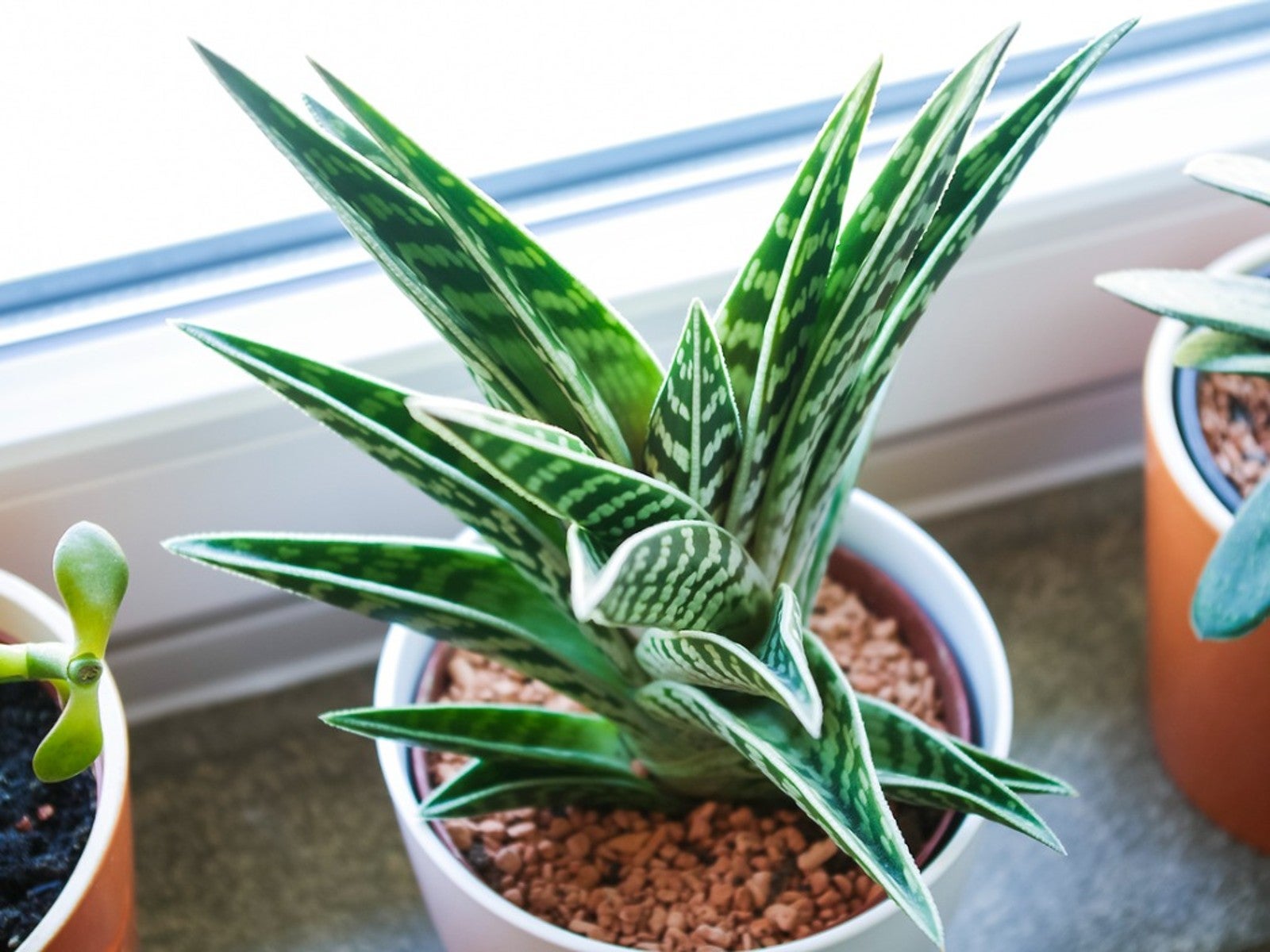 Variegated Succulents To Add To Your Plant Collection
Variegated Succulents To Add To Your Plant CollectionRead about some of the pretty variegated species that add beauty and interest to your succulent collection.
By Becca Badgett
-
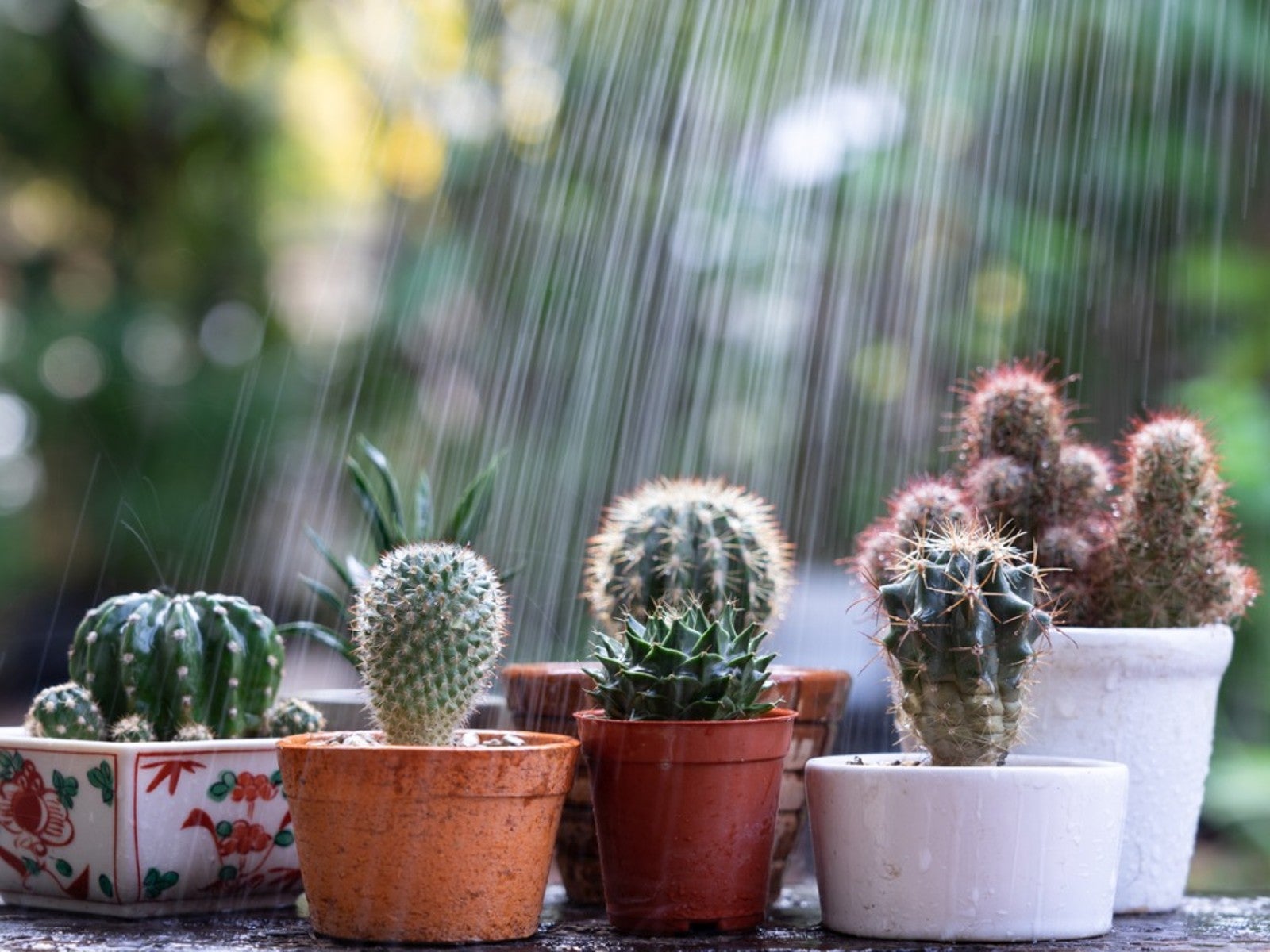 How To Protect Succulents And Cacti From Rain
How To Protect Succulents And Cacti From RainRain has the potential to cause damage to our cacti and succulents. However, when planted in proper soil, rainfall may perform as just a deep watering. Read on for more.
By Becca Badgett
-
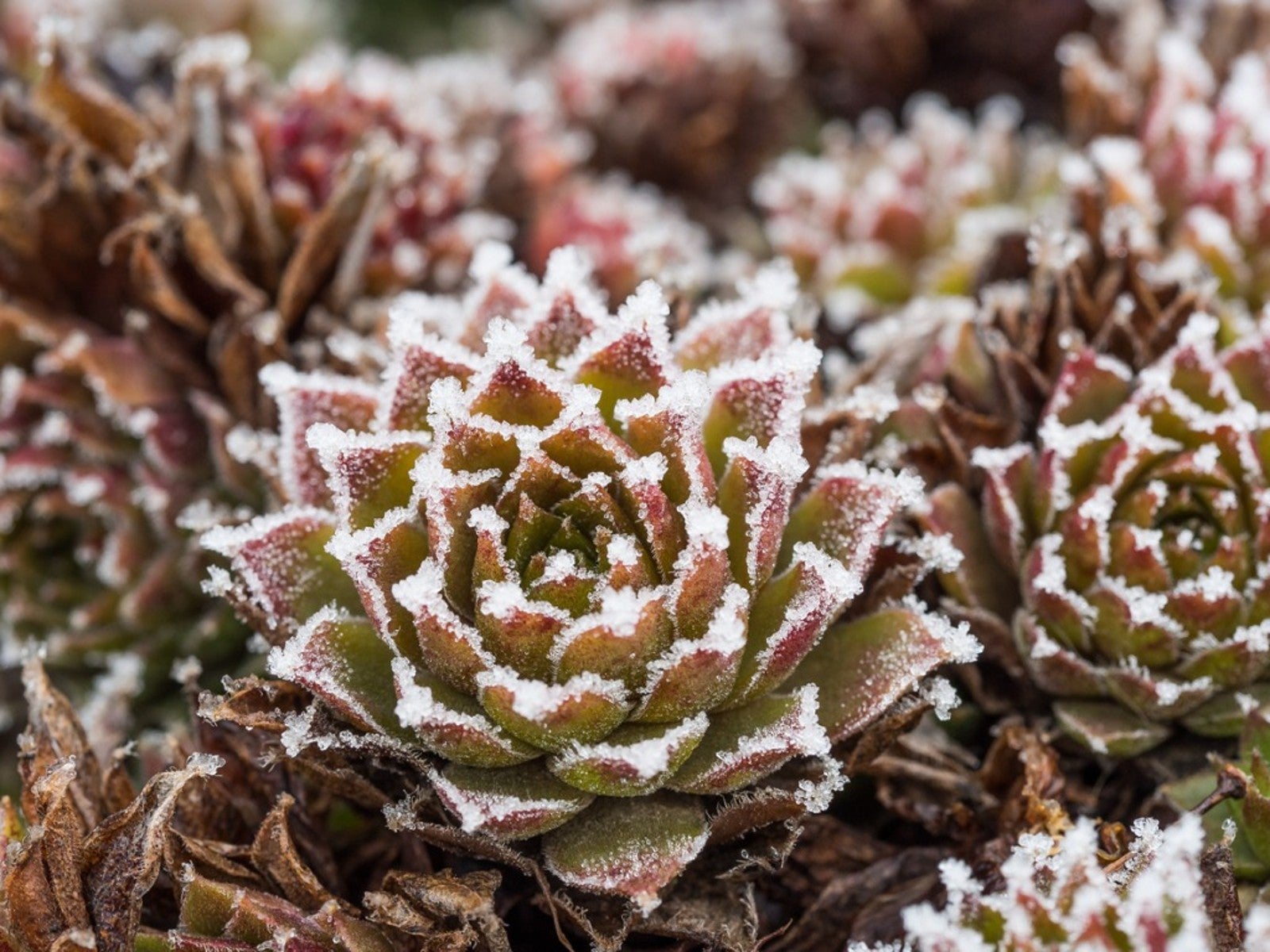 Succulents and Frost: How To Save A Succulent From Frost Or Freeze
Succulents and Frost: How To Save A Succulent From Frost Or FreezeCan succulents withstand cold? Succulents and frost don't traditionally go together and can result in damage, but you may be able to save frozen succulents.
By Bonnie L. Grant
-
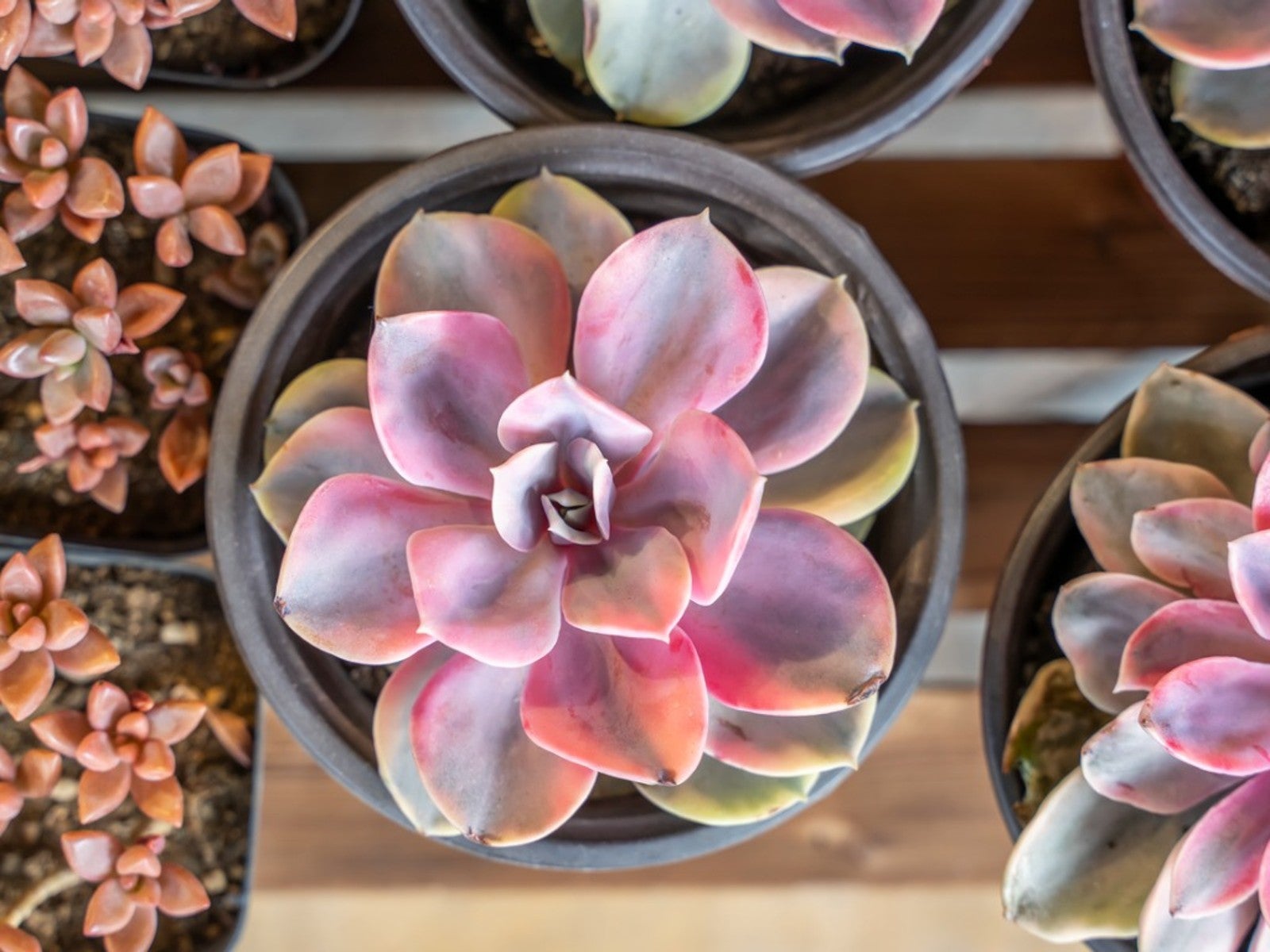 Pink Succulents Varieties To Try: How To Grow Perfect Pink Succulent Plants
Pink Succulents Varieties To Try: How To Grow Perfect Pink Succulent PlantsPink succulents may display the color on leaf edges or with streaks or blotches mingled throughout the foliage. Here are our favorites.
By Becca Badgett
-
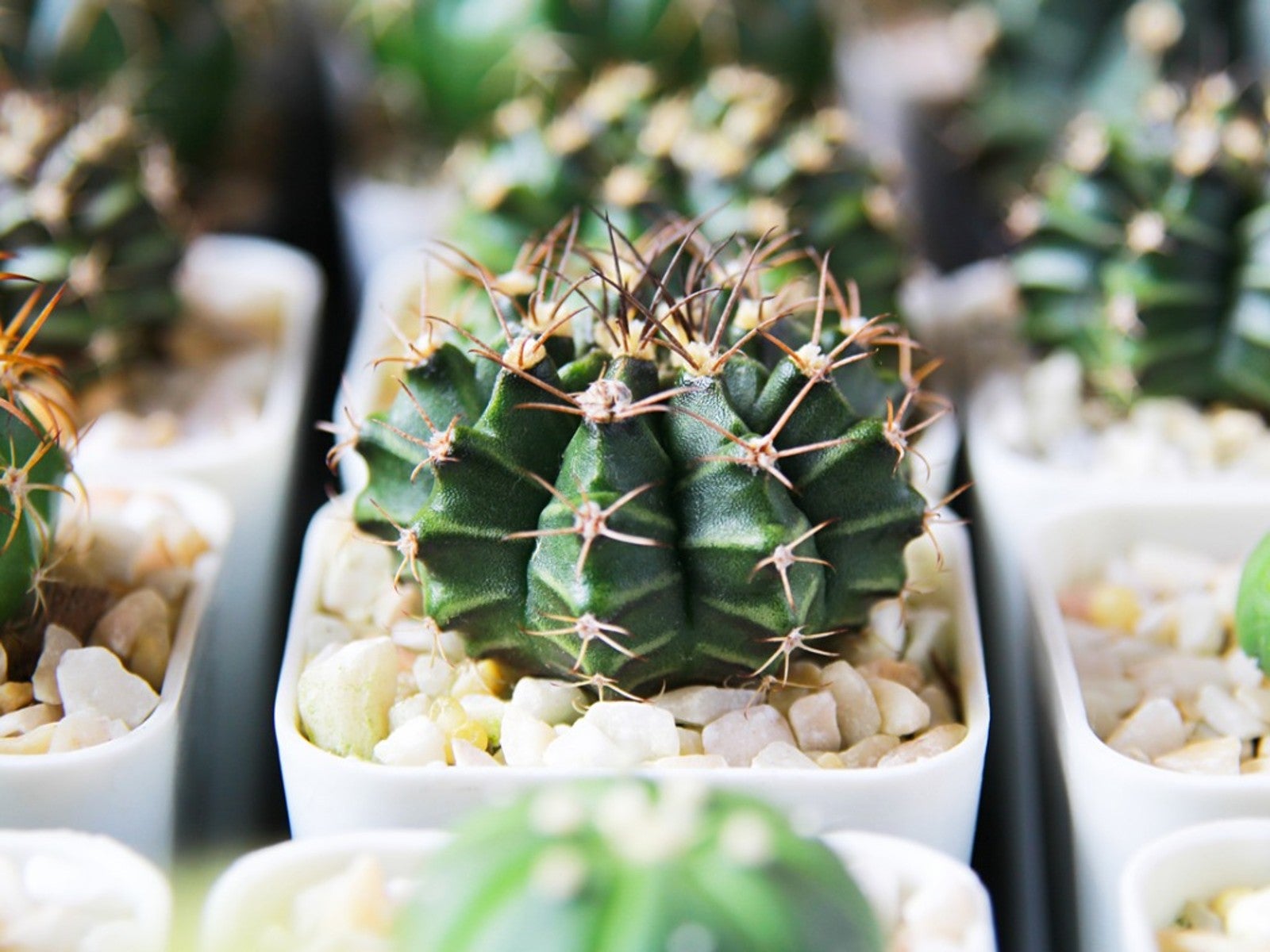 10 No Fuss Cacti - What’s The Best Low Maintenance Cactus
10 No Fuss Cacti - What’s The Best Low Maintenance CactusIf you’re thinking of adding plants to your collection, consider no fuss cacti. Click here for an easy cacti list, even for beginners.
By Becca Badgett
-
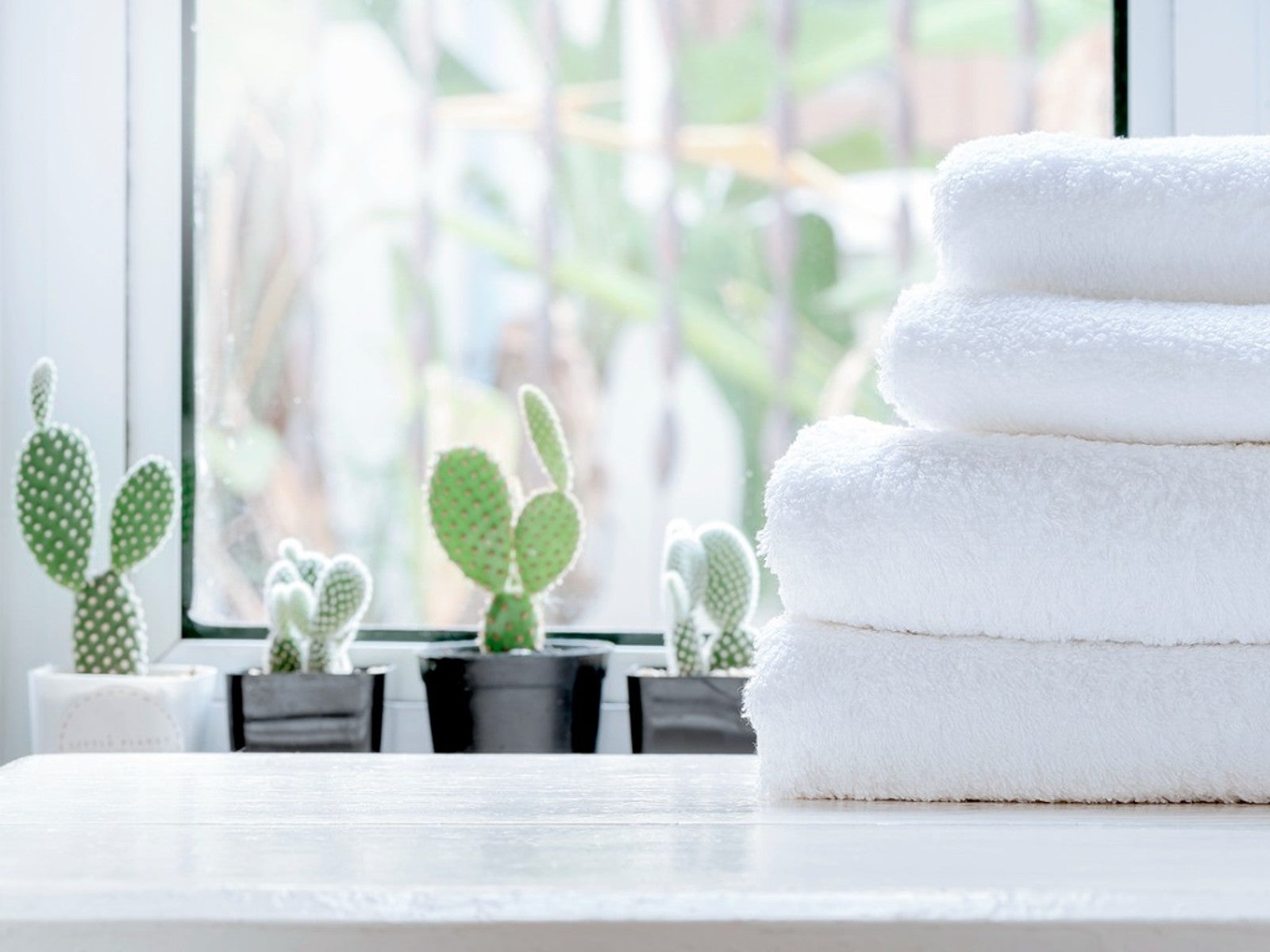 5 Best Succulents For A Bathroom
5 Best Succulents For A BathroomSome succulents can be great options for bathroom decoration. Read on for our top five bathroom succulent ideas.
By Becca Badgett
-
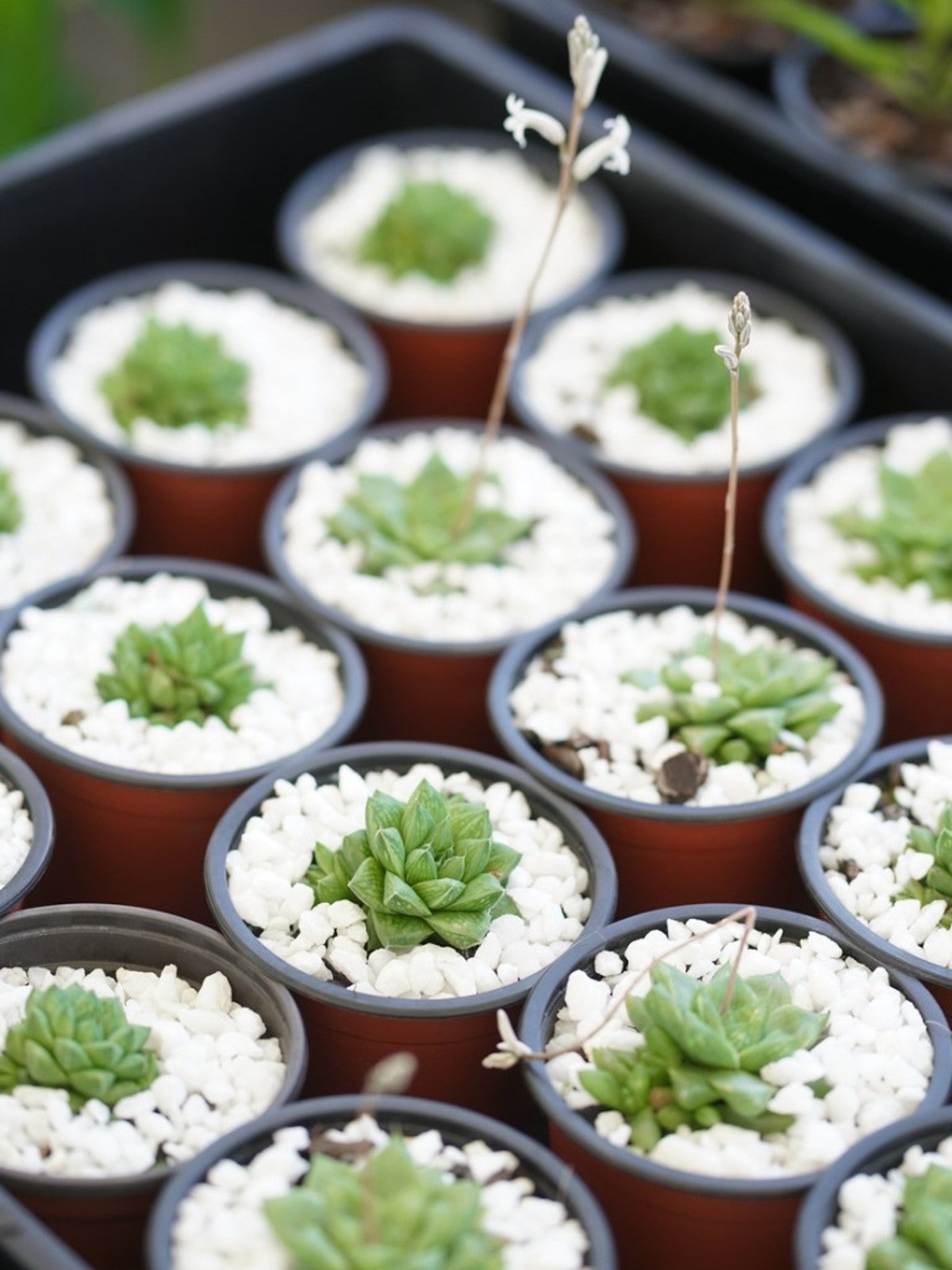 What Is A Succulent Starter Kit - Best Succulent Starter Kits
What Is A Succulent Starter Kit - Best Succulent Starter KitsWhile garden kits are not the most inexpensive option for growing succulents, they do include everything you’ll need. Grow succulents from seed by using a succulent seed starter kit to learn the process and to check your results.
By Becca Badgett
-
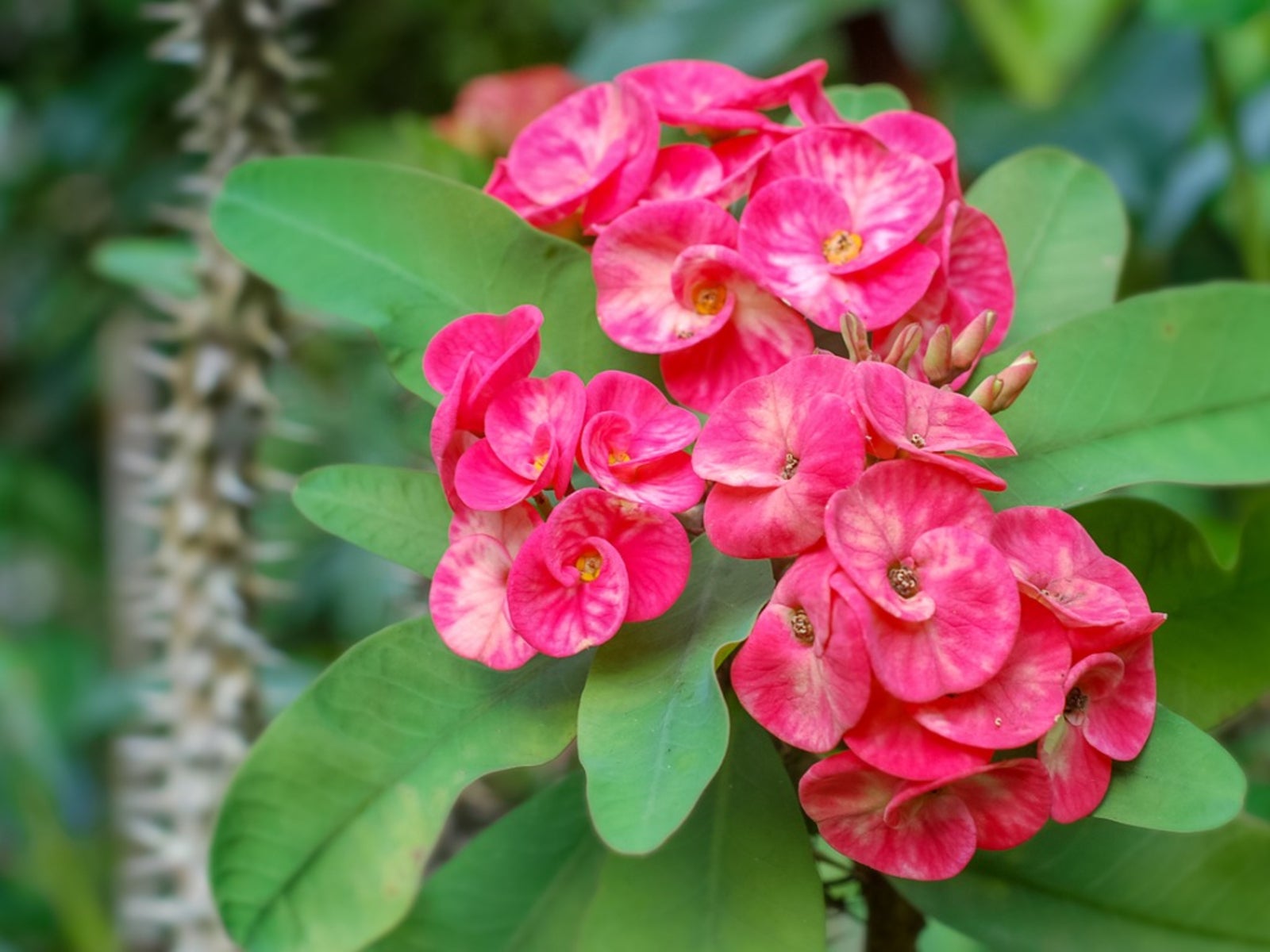 Dazzling Succulents - Succulents With Striking Flowers
Dazzling Succulents - Succulents With Striking FlowersWhen you think of succulents you may just envision their unique leaves and stems. But succulents also produce bright and bold flowers in the right conditions. Read on to learn more.
By Bonnie L. Grant